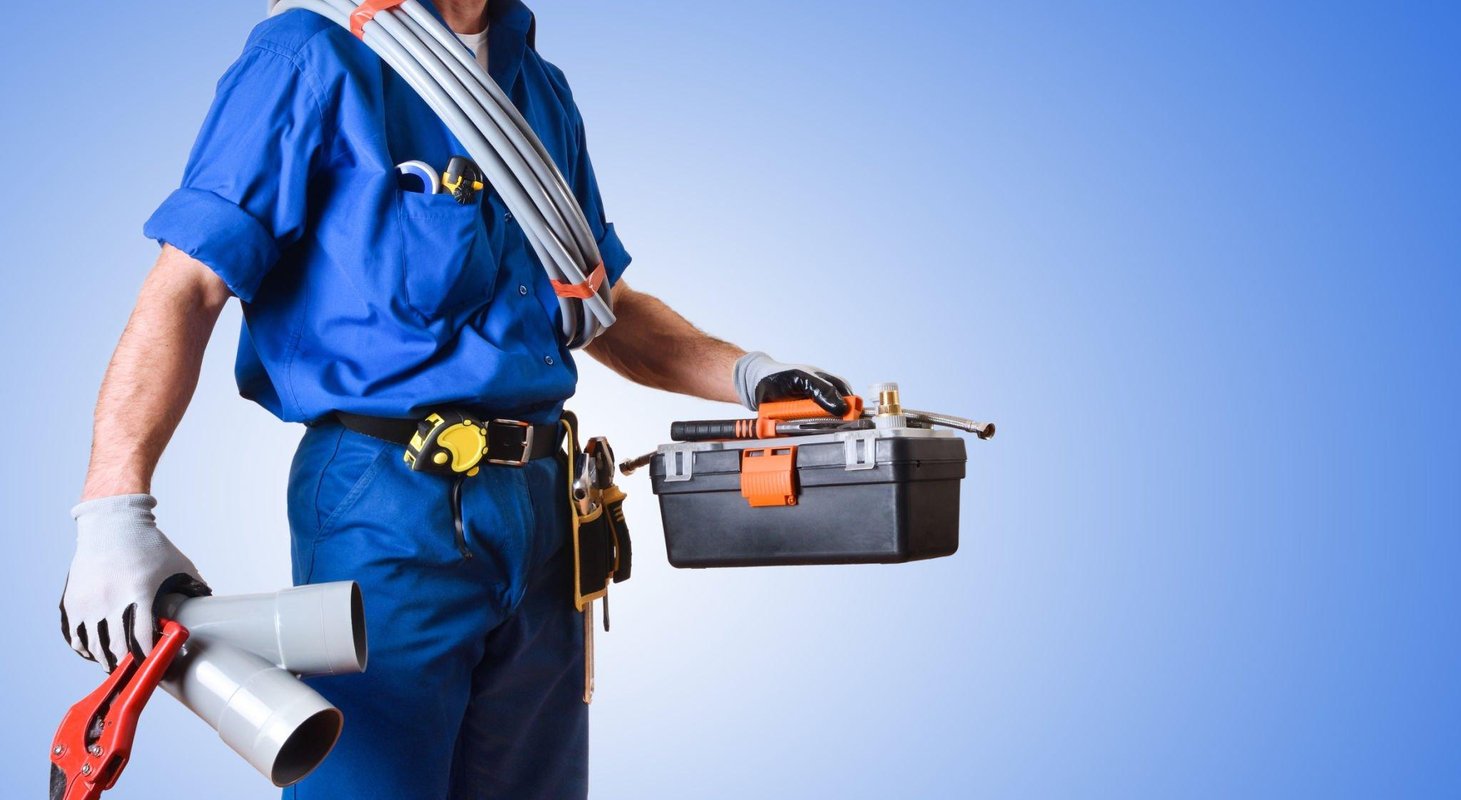How Long Does It Take to Become a Plumber?

If you're considering a career as a plumber, you may be wondering how long it takes to become certified in this field. Becoming a plumber requires a combination of classroom instruction and hands-on training, and the length of time it takes to complete this training can vary depending on several factors. In this blog post, we'll explore what it takes to become a plumber and how long you can expect the certification process to take.
Plumber Training Requirements
While the specific training requirements for becoming a plumber can vary by state, there are some common requirements that aspiring plumbers can expect. Here are a few key training requirements that you may encounter:
-
High School Diploma or GED: Most vocational training programs require applicants to have a high school diploma or GED. If you haven't already obtained your high school diploma, you may need to complete a General Education Development (GED) program before applying to a vocational training program.
-
Vocational Training Program: As mentioned earlier, completing a vocational training program is a key step in becoming a plumber. These programs typically include a combination of classroom instruction and hands-on training and cover topics such as plumbing systems, pipefitting, and safety protocols.
-
Apprenticeship: Many states require aspiring plumbers to complete an apprenticeship program in addition to vocational training. During an apprenticeship, you will work under the supervision of experienced plumbers to gain practical skills and on-the-job training.
-
Certification Exam: To become a licensed plumber, you will need to pass a certification exam. This exam tests your knowledge and skills in plumbing and ensures that you are qualified to work as a plumber.
How to Get a Job After Classes
Once you have completed your plumber certification classes and obtained your license, you may be wondering how to get a job in the field. Here are a few steps you can take to increase your chances of finding employment as a plumber:
-
Networking: Reach out to plumbing contractors, construction companies, and other professionals in the industry to build connections and learn about job opportunities. Attend industry events, join professional organizations, and utilize online networking platforms to expand your network.
-
Job Search: Utilize online job boards, company websites, and trade-specific job sites to search for plumbing job openings in your area. Tailor your resume and cover letter to highlight your relevant skills and experience, and follow up with potential employers to express your interest in their available positions.
-
Apprenticeship Programs: Consider applying for apprenticeship programs to gain additional hands-on experience and further develop your skills. Apprenticeships can provide valuable on-the-job training and may lead to full-time employment opportunities.
-
Continuing Education: Stay updated on the latest industry trends and technologies by participating in continuing education programs. This can help you stand out as a qualified and knowledgeable plumber and may open up additional career opportunities.
Final Thoughts
Becoming a plumber requires dedication, training, and a commitment to honing your skills. While the length of time it takes to become certified can vary, completing a vocational training program, participating in an apprenticeship, and passing a certification exam are all key steps in the process. By utilizing resources like Dreambound to find certification classes and networking with professionals in the industry, you can increase your chances of finding employment and launching a successful career as a plumber.
If you're considering pursing this certification in a different state, we have other in-depth guides to help. Check out our guides for different locations below:
- How to Become a Plumber in Arkansas
- How to Become a Plumber in Kansas
- How to Become a Plumber in Nebraska
- How to Become a Plumber in New Mexico
- How to Become a Plumber in Wyoming
Are you exploring diverse professional opportunities? Take a closer look at these resources that Dreambound has written to help in your search.

Stephanie Dayak is the go-to person for everything related to automation and integrations at Dreambound. As a Certified Tax Technician turned tech whiz, her sharp eye for detail and passion for efficiency become evident in every project she undertakes. When not solving tech puzzles, she's out exploring the local food scene, cozying up with her dogs, or plugged into a thought-provoking podcast. She's an ardent believer in mixing fun with functionality!


